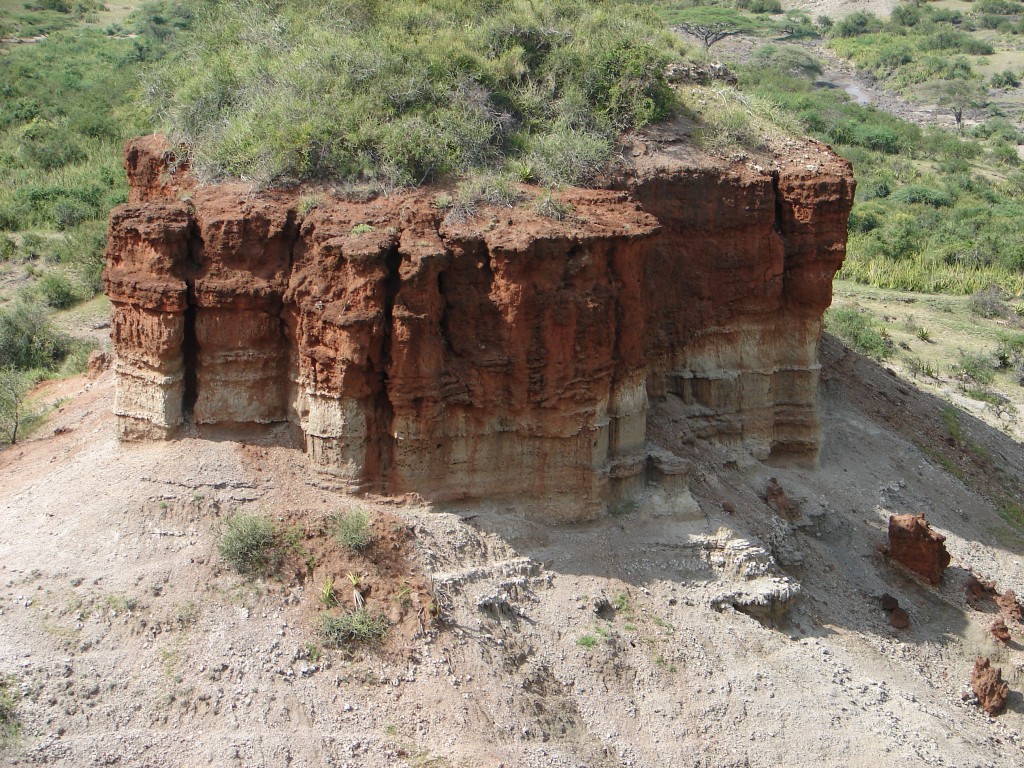
Olduvai Gorge & Laetoli: Cradle of Humankind

Africa is often referred to as the “Cradle of Mankind,” with evidence suggesting it as the birthplace from which early humans spread across the globe. In this context, Olduvai Gorge stands as one of the most famous archaeological sites in East Africa, offering travelers to Ngorongoro and the Serengeti a unique journey into the origins of humankind. Just west of Ngorongoro Crater lies Laetoli, where ancient hominid footprints, preserved in volcanic rock, date back 3.6 million years. These footprints, attributed to Australopithecus afarensis, reveal early signs of upright walking in small-brained hominids measuring 1.2 to 1.4 meters tall. Impressions of these footprints can be seen at the Olduvai museum, adding a fascinating glimpse into the dawn of humanity.

Further north, in Olduvai Gorge’s 100-meter-deep layers, researchers like Louis and Mary Leakey uncovered fossils showing a gradual increase in hominid brain size and tool sophistication. Key discoveries here include the famous Zinjanthropus (“Nutcracker Man”) skull, dating back 1.75 million years, as well as fossils of Homo habilis. Together, these findings illustrate a remarkable timeline of early human evolution.

Today, excavation sites at Olduvai are open for public viewing, with ongoing research during the dry season managed by the Department of Antiquities. Visitors are welcome year-round, but guided tours are required to access the excavation areas. The site offers a museum at the top of the Gorge, along with a cultural Boma where local Maasai artisans offer souvenirs. With these historical treasures, Olduvai and Laetoli are not only essential stops on any Northern Tanzania itinerary but also globally significant sites for the study of human origins and evolution.

